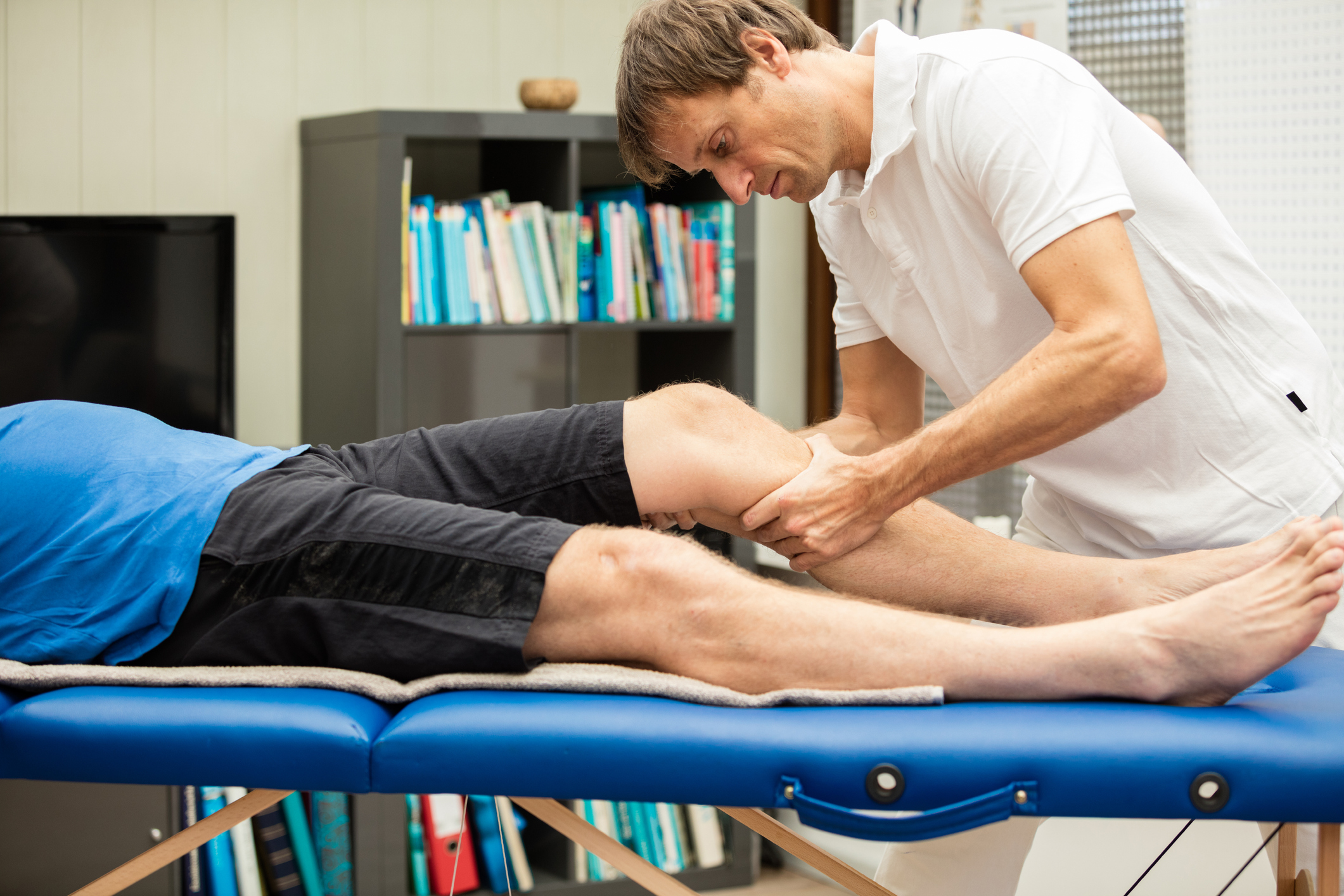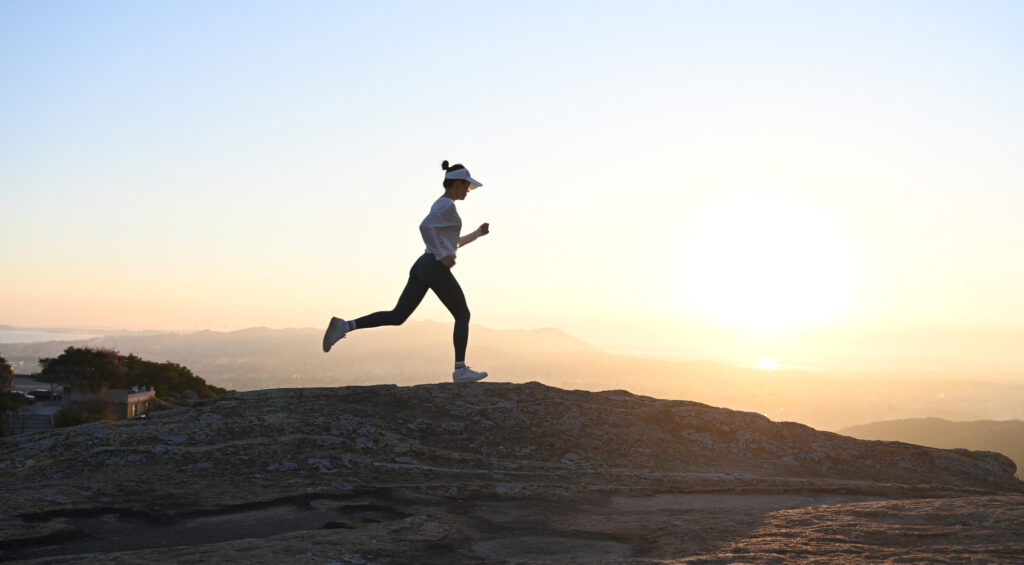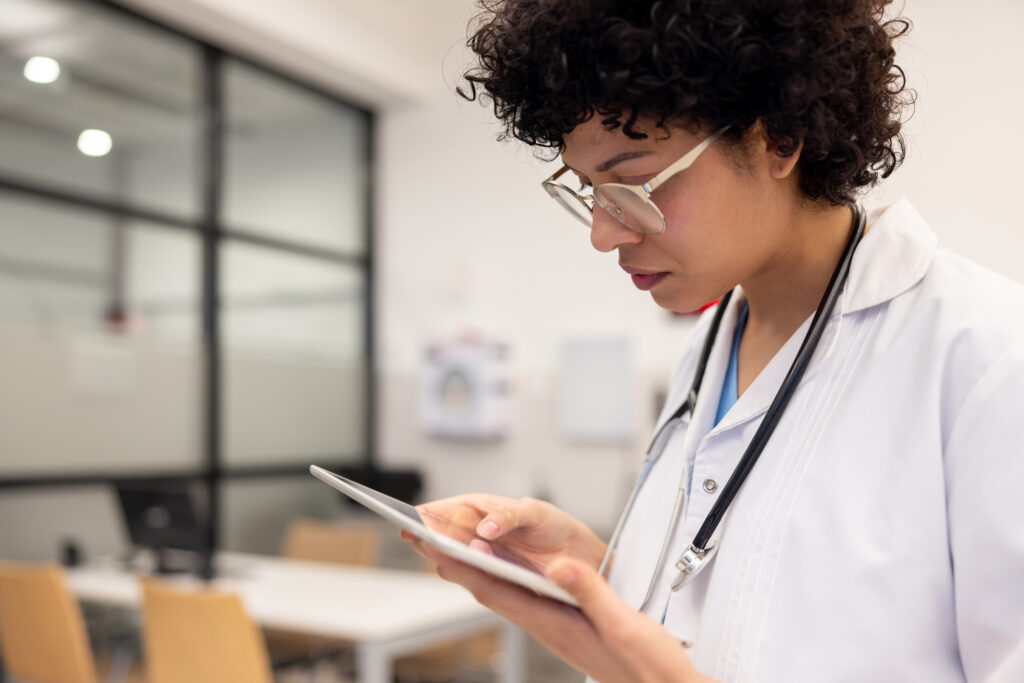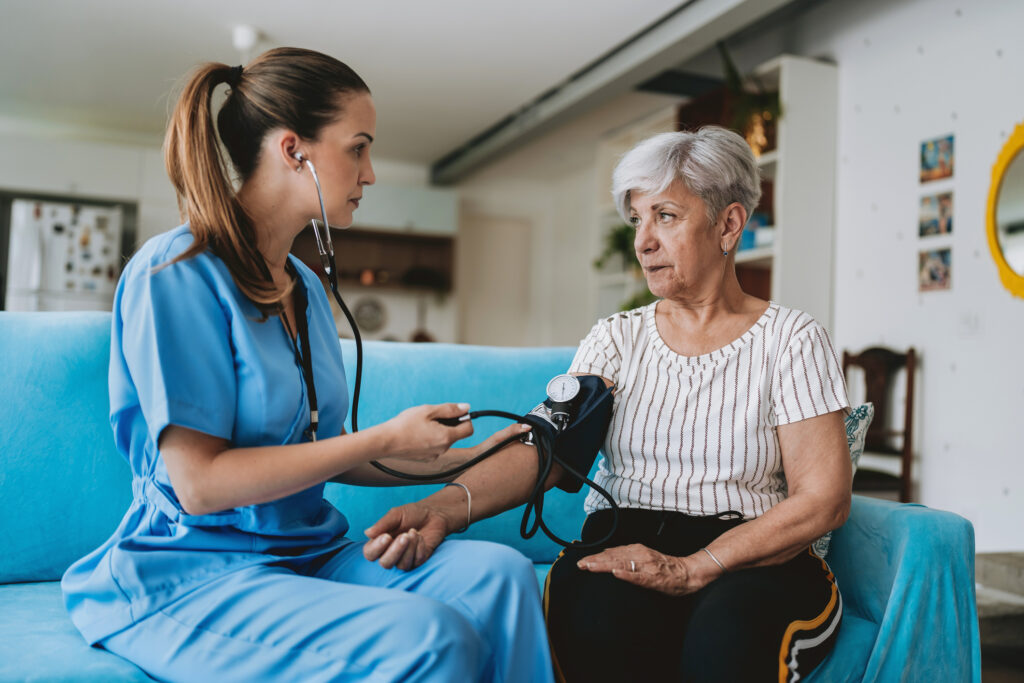Following anterior cruciate ligament reconstruction (ACLR), athletes often exhibit altered knee biomechanics during running, such as reduced knee flexion angles and extensor moments of the surgical limb compared to the nonsurgical limb, healthy controls and the preinjury state. These altered biomechanics persist well beyond the standard course of rehabilitation and may impair athletic performance, increase susceptibility to a second injury and contribute to the risk of developing post-traumatic knee osteoarthritis.
Athletes are commonly cleared to resume running around 12 weeks post ACLR and are encouraged to do so at a slow speed while gradually building up running volume. Few, if any, clinical criteria are used to guide this return-to-run process, including a formal assessment of running mechanics. There is a need to identify or develop novel clinical strategies that positively improve surgical knee loading during running in athletes post ACLR.
Based on clinical observations, we became interested in exploring the potential utility of manipulating running speed as a method to alter knee biomechanics during running in athletes post ACLR. Our initial hypothesis was rooted in the fact that healthy athletes demonstrate increased knee flexion angles and knee extensor moments with an increase in running speed. Thus, this easily modified characteristic could have the potential to improve knee extensor demand of the surgical limb and potentially lead to more symmetrical running mechanics.
Our recent study, published in the July 2024 issue of Medicine & Science in Sports & Exercise®, sought to characterize the relationship between running speed and knee mechanics post ACLR. Using longitudinal running data from the Badger Athletic Performance database, we analyzed changes in knee angles and kinetics (e.g., peak knee extensor moment) with changes in speed, ranging from 2.68 to 4.47 m/s (10 min/mile to 6 min/mile), at both early (3.5-7 months) and late (8-13 months) time points in 55 collegiate athletes post ACLR. We found that when athletes ran faster, peak knee flexion angles and knee extensor moments increased similarly in both the surgical and nonsurgical limbs, regardless of time postoperatively.
This finding challenges the common clinical dogma that faster running speeds may worsen biomechanical imbalances post ACLR. Instead, it suggests that higher speeds do not exacerbate between-limb asymmetries; however, they also do not improve asymmetries. In other words, simply running faster will not fix the asymmetry problem.
It is important to note that this study looked at the immediate effect of modifying running speed and that running speed was not controlled during the athletes’ rehab. It is unclear if prescribing a specific running speed for a period of time throughout the rehab process will have a different effect on running symmetry. We also observed persistent asymmetries in knee biomechanics during running beyond the typical course of rehabilitation. Future work should focus on developing strategies to improve running symmetry in athletes following ACLR.
This work further highlights the importance of keeping speed consistent within an individual when assessing changes longitudinally. This is an important consideration for both researchers and clinicians, particularly when utilizing a limb symmetry index ([surgical/nonsurgical] *100) measure, as we found that limb symmetry indices were inflated at faster running speeds even though the absolute between-limb differences were the same across speeds.
Clinicians should feel confident incorporating running speed modification into their rehabilitation plan, knowing that it does not increase asymmetries, but they should also be aware that this strategy does not resolve between-limb asymmetries. Lastly, we encourage clinicians to monitor running mechanics in their patients following ACLR, even if this is as simple as using a two-dimensional video to assess peak knee flexion angles.

Keith Knurr, DPT, Ph.D., received his Doctorate in Physical Therapy and Ph.D. in clinical investigation from the University of Wisconsin–Madison. He also completed a sports physical therapy residency at UW Health. Dr. Knurr is currently an assistant professor within the Department of Orthopedics and Rehabilitation at the University of Wisconsin–Madison. His research focuses on better understanding the impact of lower extremity joint injuries and surgeries on long-term joint and overall health in collegiate athletes. He is an active member of ACSM, the American Academy of Sports Physical Therapy and the Academy of Physical Therapy Research within the American Physical Therapy Association (APTA).

Bryan Heiderscheit, P.T., Ph.D., is the Frederick Gaenslen Professor in Orthopedics and vice chair of research for the Department of Orthopedics & Rehabilitation at the University of Wisconsin. He is the director of Badger Athletic Performance with UW Athletics, founding director of the UW Health Runners’ Clinic and co-director of the UW Neuromuscular Biomechanics Laboratory. Dr. Heiderscheit’s research is aimed at understanding and enhancing the clinical management of orthopedic conditions, with particular focus on sports-related injuries. Support for his research includes the NIH, NFL, NBA and GE Healthcare. He is a fellow of APTA and member of the NFL Soft Tissue Injury Task Force.
